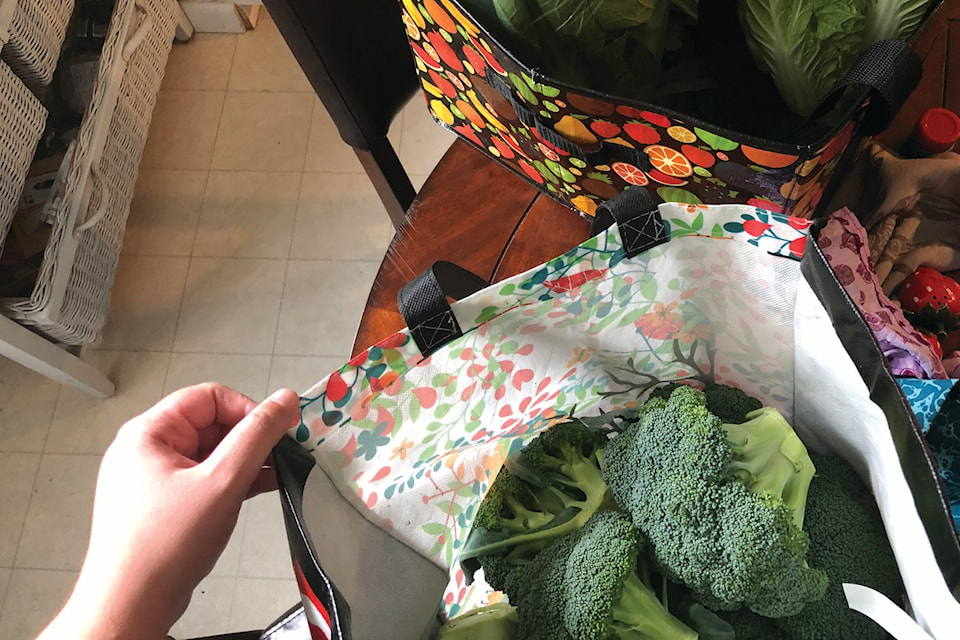By Marc Fawcett-Atkinson, Local Journalism Initiative Reporter, National Observer
Broccoli sex is controversial. Especially organic broccoli sex.
That’s because new gene editing technologies developed in the last 10 years have forced organic plant breeders, certification bodies and farmers to re-examine techniques commonly used to breed the Lorax-like plants. These techniques are banned in organic agriculture, a decision that’s forced the community to deepen its commitment to the social and economic values underpinning the agricultural technique, according to a new paper by researchers at UBC.
“For this community, there are many aspects of how this technology is used and what it actually does that is against their values,” said Susanna Klassen, co-author of the paper and a PhD student at the University of British Columbia studying food system sustainability.
Those values — fairness, and care — are central, if lesser known, parts of organic certification. They’re included in the legislated standards established by Canadian and American organic certification bodies for agriculture, and help clarify what receives certification when the science exists in a grey area.
Broccoli is one of the best-known vegetables with origins in this scientific haze. That’s because the seed for some commercial varieties is inbred, explained Jim Myers, a professor at the University of Oregon and one of three broccoli breeders at public institutions in the United States.
Inbreeding means crossing two plants that share the same DNA. Usually it is avoided, with increased genetic diversity essential to plant and animal health. But in commercial seed production, plant breeders will create inbred varieties that produce specific features sought out by farmers and consumers — for instance tall stems, open florets, or more durability.
Breeders will grow strains of broccoli in isolated plots, ensuring that the plants — all of which have both male and female reproductive organs and are genetically related — only breed with their genetic relatives. This creates mutations, and if the breeder wants to keep or enhance them, they will eliminate plants that don’t have those features from the plot. Over time, this process will refine the variety’s genetic code.
Once several strains of inbred broccoli with specific features have been created, the breeder will have to complete a final cross between two inbred varieties.
This is called an F1 hybrid, Myers explained, and can only be achieved if the male part — the pollen — of one variety pollinate another variety. As all broccoli usually have male and female reproductive organs and can pollinate themselves, this cross can only be achieved if the male part of one variety is sterile.
That’s where things get complicated.
One technique for fusing the cells of two different species is a technique called protoplast fusion. At some point in their genetic ancestry, plants created this way were reduced down to individual cells, which were then fused with cells from a different species and regrown into a full, hybrid plant.
The problem was that these new regulations were implemented over the past decade, a timely response to new gene editing techniques, but years after broccoli varieties created using this technique had been integrated into commercial organic agriculture.
The new rules meant that broccoli growers could suddenly lose their organic certification and, because organic produce fetches a higher price, most of their income.
In recognition of this problem, the advisory bodies that help the Canadian and American governments set organic certification standards created an exception for broccoli and other crops with similar ancestries.
Still, the new regulations raised questions. Everyone agreed the new technologies should be banned. But why?
“One thing, to be clear, organic agriculture is not anti-technology,” Klassen said.
Rather, the sector wants to consider the overall benefits innovations can bring to people and the environment. That means certification bodies will also look at whether farmers or large corporations own new innovations, how much farmers will need to pay to access them, and whether they support industrial or biodynamic farms.
Gene editing has never met these standards.
Like us on Facebook and follow us on Twitter.
Want to support local journalism? Make a donation here.
